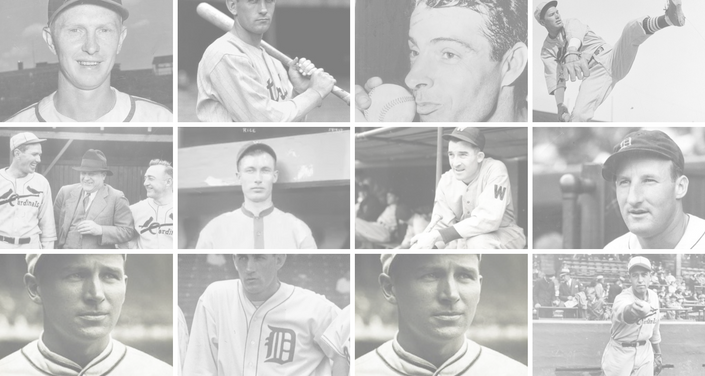With contests played in Rockford (Illinois) and Racine (Wisconsin), the All-American Girls Professional Baseball League begins the first season of its 12-year existence. The original AAGPBL four-team circuit, which also includes the war-production cities of Kenosha (Wisconsin) and South Bend (Indiana), will attract 176,612 baseball enthusiasts during the league’s inaugural season.
With contests played in Rockford (Illinois) and Racine (Wisconsin), the All-American Girls Professional Baseball League begins the first season of its 12-year existence. The original AAGPBL four-team circuit, which also includes the war-production cities of Kenosha (Wisconsin) and South Bend (Indiana), will attract 176,612 baseball enthusiasts during the league’s inaugural season.





